Ellen Gallagher
ALL OF NO MAN'S LAND IS OURS
02 Dec 2023 - 10 Mar 2024
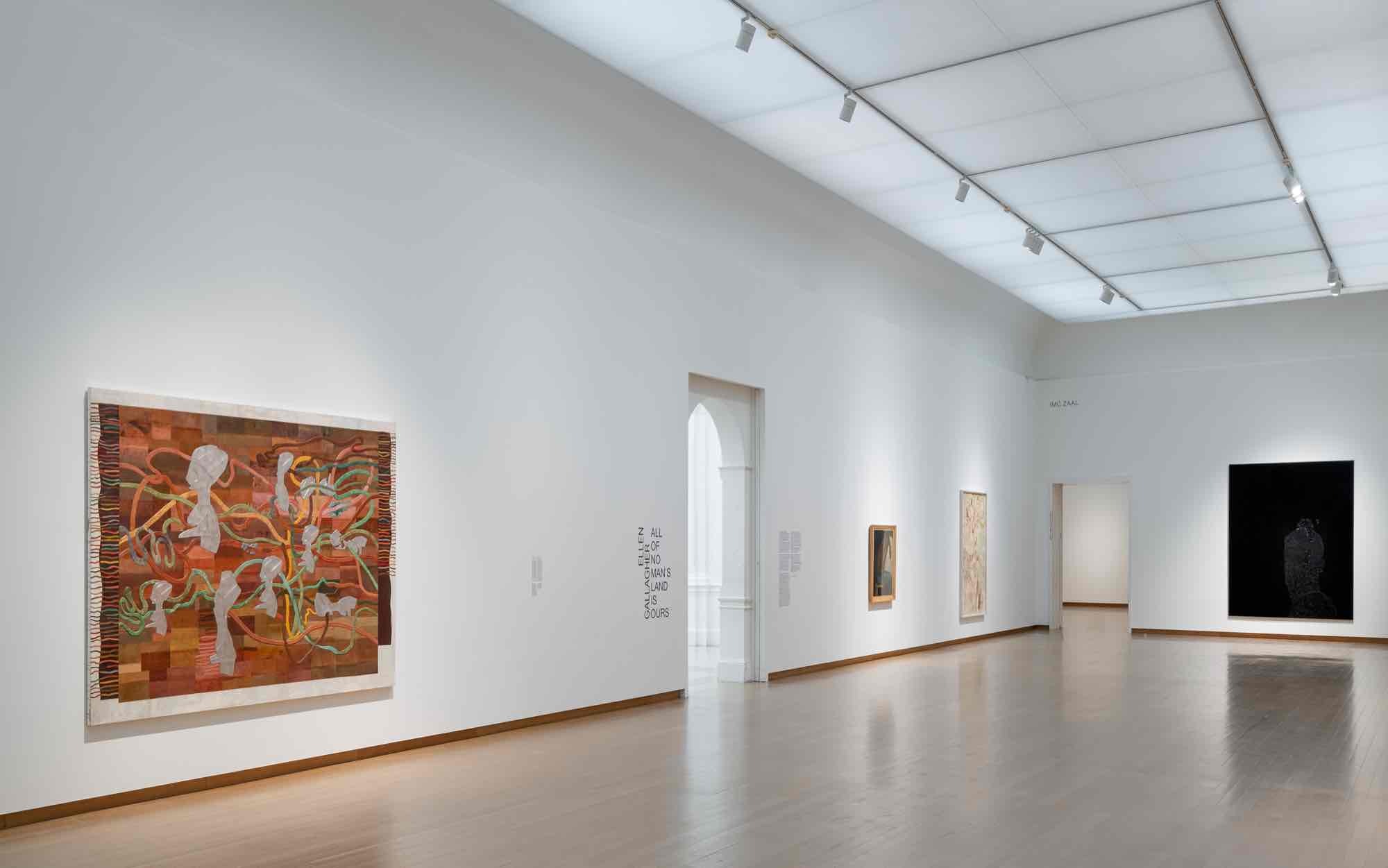
Installation view, Ellen Gallagher — All of No Man’s Land is Ours, Stedelijk Museum Amsterdam. Photo: Peter Tijhuis
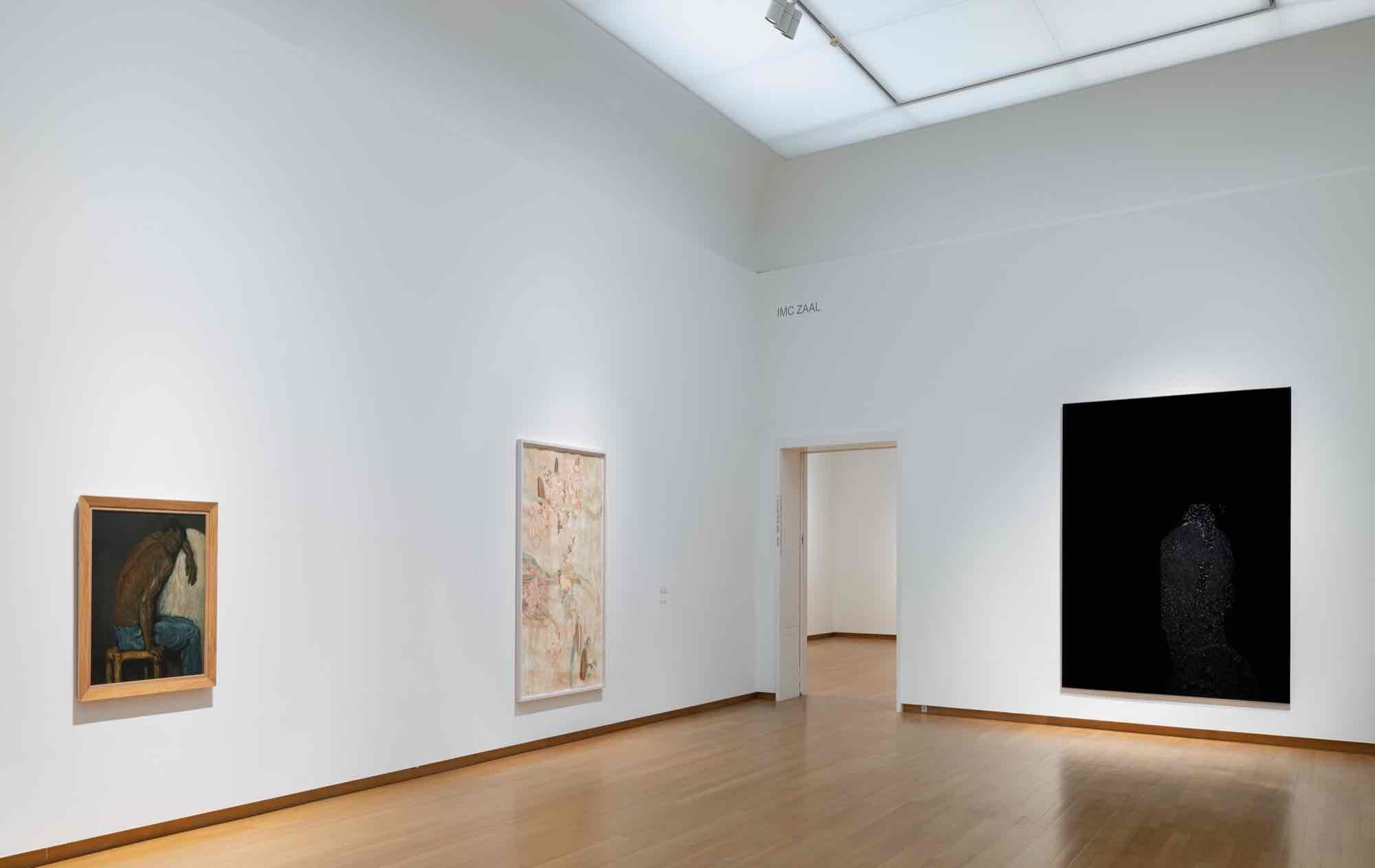
Installation view, Ellen Gallagher — All of No Man’s Land is Ours, Stedelijk Museum Amsterdam. Photo: Peter Tijhuis
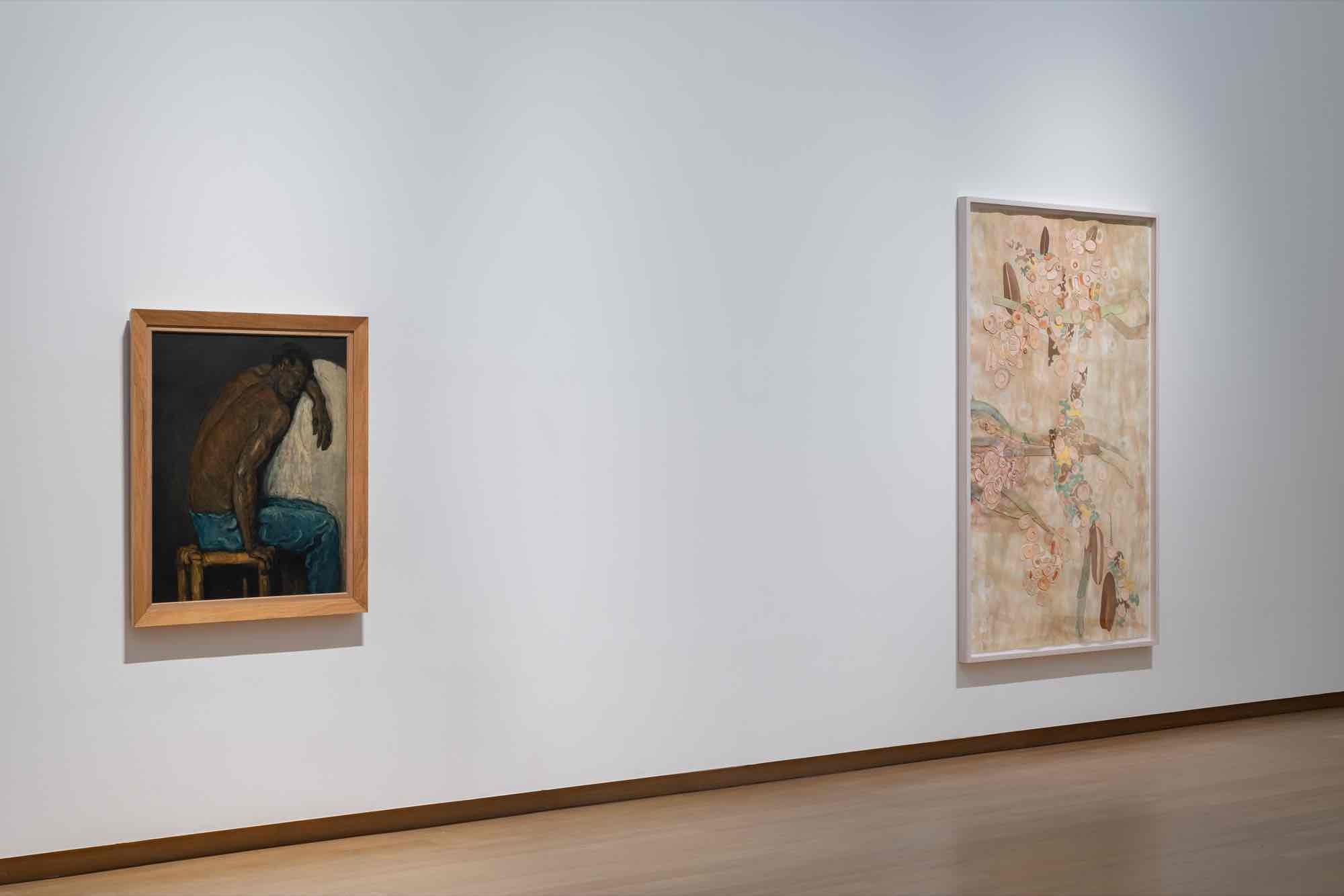
Installation view, Ellen Gallagher — All of No Man’s Land is Ours, Stedelijk Museum Amsterdam. Photo: Peter Tijhuis
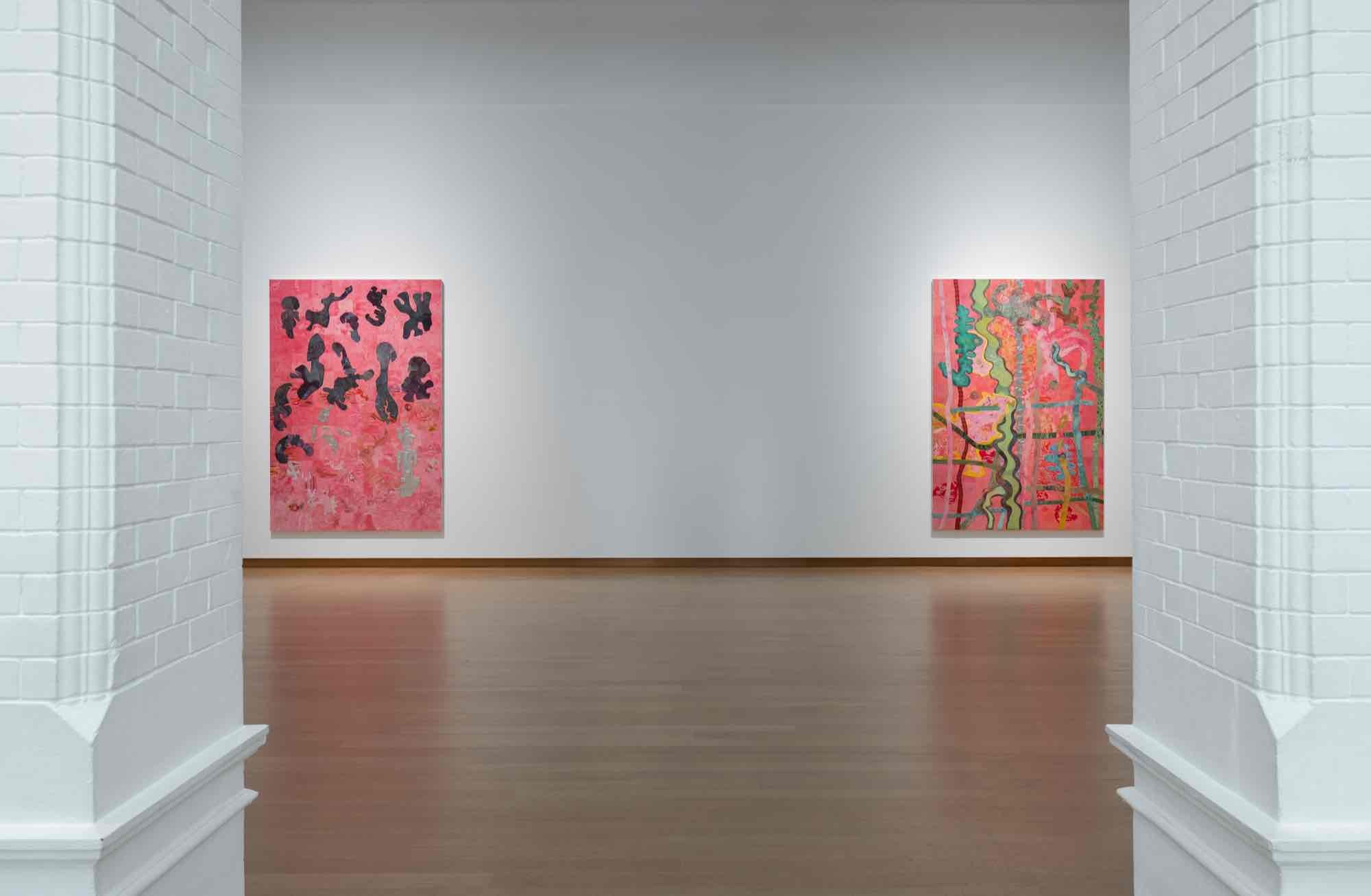
Installation view, Ellen Gallagher — All of No Man’s Land is Ours, Stedelijk Museum Amsterdam. Photo: Peter Tijhuis
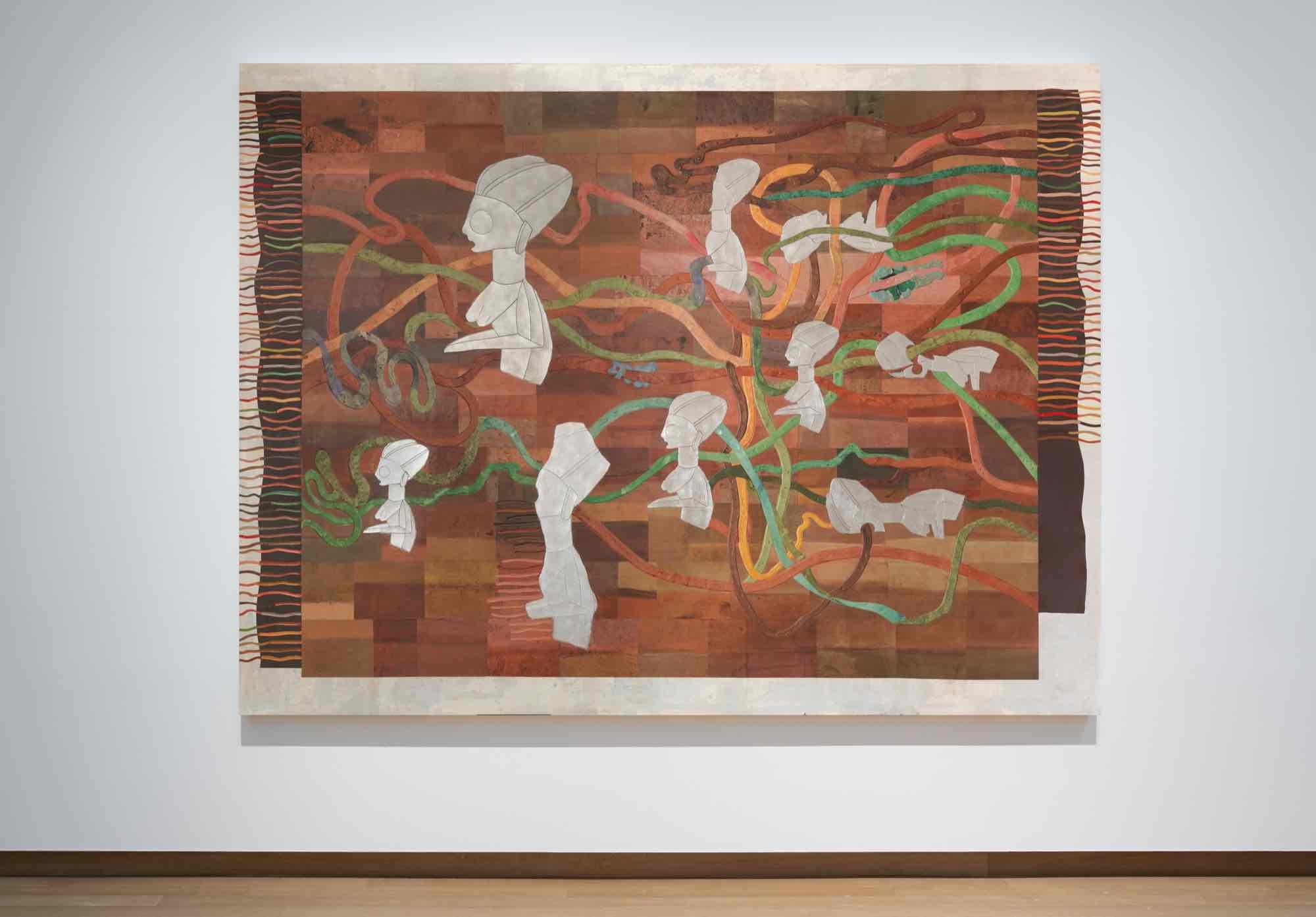
Ellen Gallagher, Ecstatic Draught of Fishes, 2022. In Ellen Gallagher — All of No Man’s Land is Ours, Stedelijk Museum Amsterdam. The George Economou Collection. Photo: Peter Tijhuis.
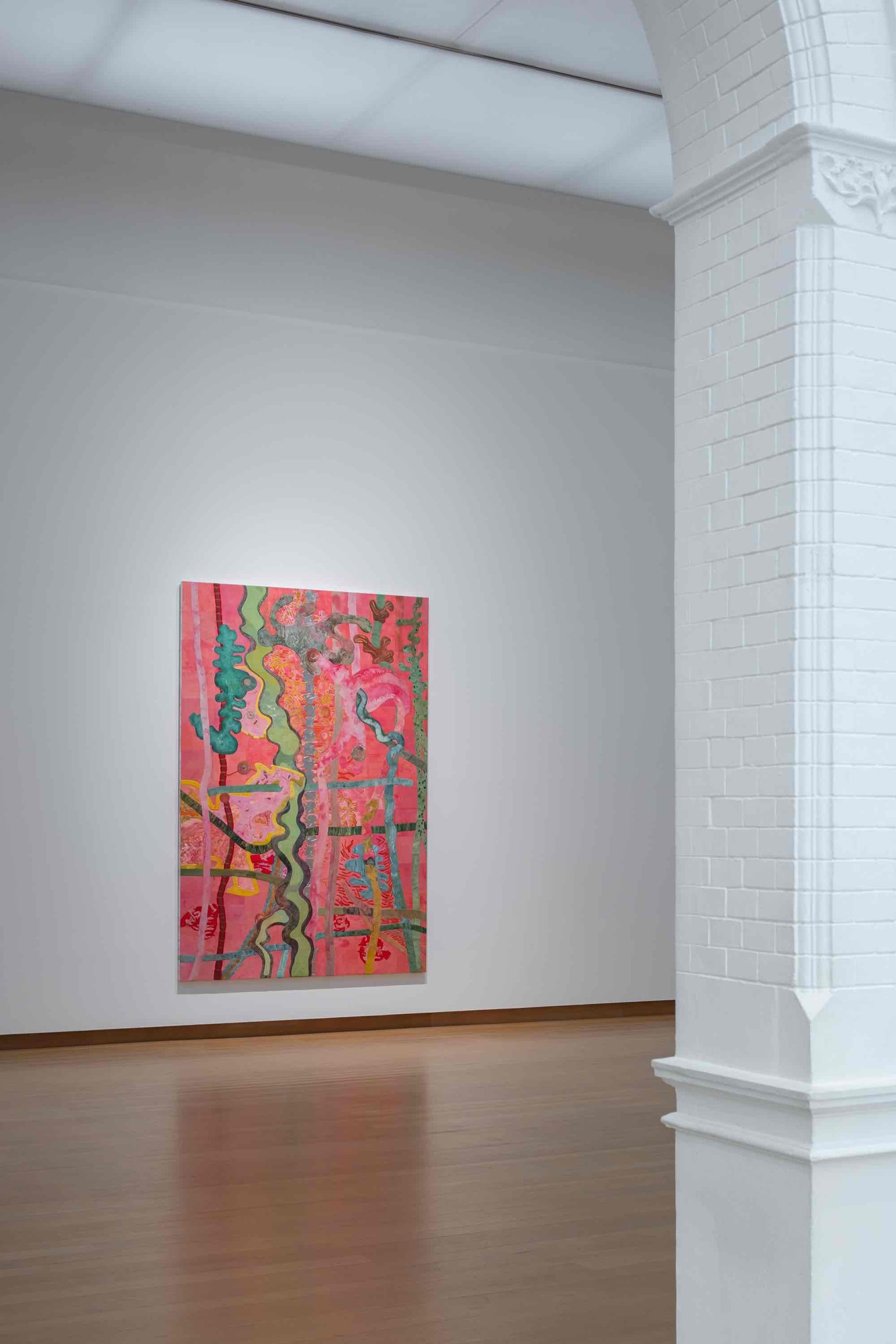
Ellen Gallagher, Fast- Fish and Loose- Fish, 2023. In Ellen Gallagher — All of No Man’s Land is Ours, Stedelijk Museum Amsterdam. Courtesy the artist and Hauser & Wirth. Photo: Peter Tijhuis.
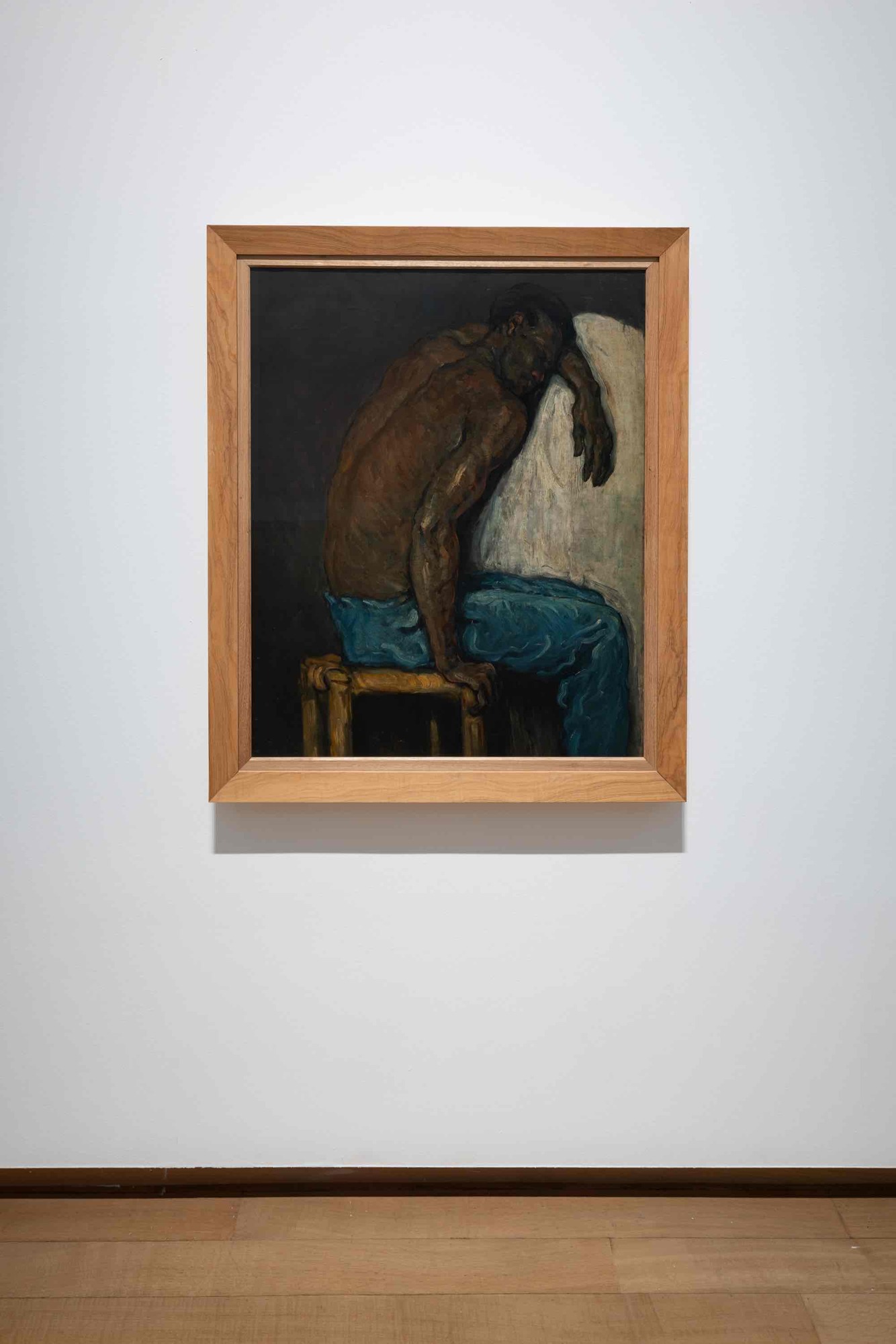
Paul Cézanne, Scipio, 1866–1868. Collection Museu de Arte de São Paulo Assis Chateaubriand. In Ellen Gallagher — All of No Man’s Land is Ours, Stedelijk Museum Amsterdam. Photo: Peter Tijhuis
The Stedelijk Museum Amsterdam presents the first solo exhibition in the Netherlands of Rotterdam-based American artist Ellen Gallagher (1965, Providence, Rhode Island, US). Entitled 'All of No Man’s Land Is Ours', the show premieres new works alongside a selection of earlier paintings. Gallagher has transformed the historic building’s IMC Gallery of the museum, also known as the ‘Hall of Honor’, into a consideration of a futurity that has been with us all along.
Ellen Gallagher builds conceptually and materially layered compositions that link seemingly incommensurable phenomena. To create her compelling works Gallagher uses diverse techniques, references and stories: human and nonhuman, fiction and scientific fact, painted and carved, music and archeology, speculative and proven.
From the syncopated compositions of Cézanne and James Reese Europe to the underwater ecosystems of drowned slaves and sunken whales, these diverse entities and events become contingent forces of insistent iteration, bridging figuration and abstraction, ocean and earth, and life and death.
Gallagher’s compositions variably map and notate this nebulous and protean in-between space. The distinct, yet interrelated works comprising All of No Man’s Land Is Ours demarcate a site of possibility built up through repeated units of will. Indeed, the unit—the brushstroke or musical beat, the grid or map coordinate, the paper cut-out, the palladium vertebrae—become embodied acts of worldbuilding in the artist’s visual and conceptual lexicon.
The backbone of this collective unit is the elongated spine of Cézanne’s Scipio (1866-68), on loan from Museu de Arte de São Paulo (MASP), Brazil. Triangulating this painting and flanking the Stedelijk’s Hall of Honor are two of Gallagher’s Black Paintings, Untitled and Eleganza, which usher in waves of deep-sea blackness. Gallagher links her own application of black rubber in these paintings to Cézanne’s use of thick layers of black paint in his speculative figuration of the black body in Scipio. She proposes that Cézanne, stirred by the photograph of a disfigured slave named Gordon that was widely circulated by abolitionists, employed black paint like one might apply petroleum jelly to a burn wound. In a way, his layers of paint healed and reversed time, transforming the back of the mutilated slave and reverting to an elastic moment of futurity before the scar has formed—the potent instance of pre-calcified trauma, or the precarious site of potential known as no man’s land.
This reversal to a transitional moment of a possibility recalls the war-torn trenches from which WWI band leader James Reese Europe composed contrametric tracks such as the titular 1919 All of No Man’s Land is Ours, which pulsates with the promise of return home, while simultaneously enacting a dual refusal of blackface: be it the soot covered faces of vaudevillian minstrels or bombed soldiers. In rhythmic step with the intentional jitter of Europe’s composition, Gallagher’s built-up constructions manifest a process of ebb and flow, and accumulation and redaction.
With the installation as a collective body, Gallagher creates a fluid dynamic between two new paintings, four of her earlier works, Paul Cézanne’s Scipio and a commissioned text by Jordan Carter, curator and co-department head at Dia Art Foundation. Jointly they produce new understandings: known meanings are altered to merge into the relationships that arise from the interaction and space between the works on display at the Stedelijk Museum.
Gallagher’s constellation of works charts liminal states and sites of futurity, from the pre-keloid back of Cézanne’s Scipio to the deep-sea depths of the Middle Passage, where prehuman and speculative life productively intermingle in the vertical descent of whalefall. This suspended gravity is not a result of indecisiveness but a purposeful and plentiful state of promise in precarity—a reclamation and resolve that indeed All of No Man’s Land Is Ours.
Ellen Gallagher – All of No Man’s Land is Ours is curated by Vincent van Velsen, Stedelijk Museum Amsterdam.
Ellen Gallagher builds conceptually and materially layered compositions that link seemingly incommensurable phenomena. To create her compelling works Gallagher uses diverse techniques, references and stories: human and nonhuman, fiction and scientific fact, painted and carved, music and archeology, speculative and proven.
From the syncopated compositions of Cézanne and James Reese Europe to the underwater ecosystems of drowned slaves and sunken whales, these diverse entities and events become contingent forces of insistent iteration, bridging figuration and abstraction, ocean and earth, and life and death.
Gallagher’s compositions variably map and notate this nebulous and protean in-between space. The distinct, yet interrelated works comprising All of No Man’s Land Is Ours demarcate a site of possibility built up through repeated units of will. Indeed, the unit—the brushstroke or musical beat, the grid or map coordinate, the paper cut-out, the palladium vertebrae—become embodied acts of worldbuilding in the artist’s visual and conceptual lexicon.
The backbone of this collective unit is the elongated spine of Cézanne’s Scipio (1866-68), on loan from Museu de Arte de São Paulo (MASP), Brazil. Triangulating this painting and flanking the Stedelijk’s Hall of Honor are two of Gallagher’s Black Paintings, Untitled and Eleganza, which usher in waves of deep-sea blackness. Gallagher links her own application of black rubber in these paintings to Cézanne’s use of thick layers of black paint in his speculative figuration of the black body in Scipio. She proposes that Cézanne, stirred by the photograph of a disfigured slave named Gordon that was widely circulated by abolitionists, employed black paint like one might apply petroleum jelly to a burn wound. In a way, his layers of paint healed and reversed time, transforming the back of the mutilated slave and reverting to an elastic moment of futurity before the scar has formed—the potent instance of pre-calcified trauma, or the precarious site of potential known as no man’s land.
This reversal to a transitional moment of a possibility recalls the war-torn trenches from which WWI band leader James Reese Europe composed contrametric tracks such as the titular 1919 All of No Man’s Land is Ours, which pulsates with the promise of return home, while simultaneously enacting a dual refusal of blackface: be it the soot covered faces of vaudevillian minstrels or bombed soldiers. In rhythmic step with the intentional jitter of Europe’s composition, Gallagher’s built-up constructions manifest a process of ebb and flow, and accumulation and redaction.
With the installation as a collective body, Gallagher creates a fluid dynamic between two new paintings, four of her earlier works, Paul Cézanne’s Scipio and a commissioned text by Jordan Carter, curator and co-department head at Dia Art Foundation. Jointly they produce new understandings: known meanings are altered to merge into the relationships that arise from the interaction and space between the works on display at the Stedelijk Museum.
Gallagher’s constellation of works charts liminal states and sites of futurity, from the pre-keloid back of Cézanne’s Scipio to the deep-sea depths of the Middle Passage, where prehuman and speculative life productively intermingle in the vertical descent of whalefall. This suspended gravity is not a result of indecisiveness but a purposeful and plentiful state of promise in precarity—a reclamation and resolve that indeed All of No Man’s Land Is Ours.
Ellen Gallagher – All of No Man’s Land is Ours is curated by Vincent van Velsen, Stedelijk Museum Amsterdam.
